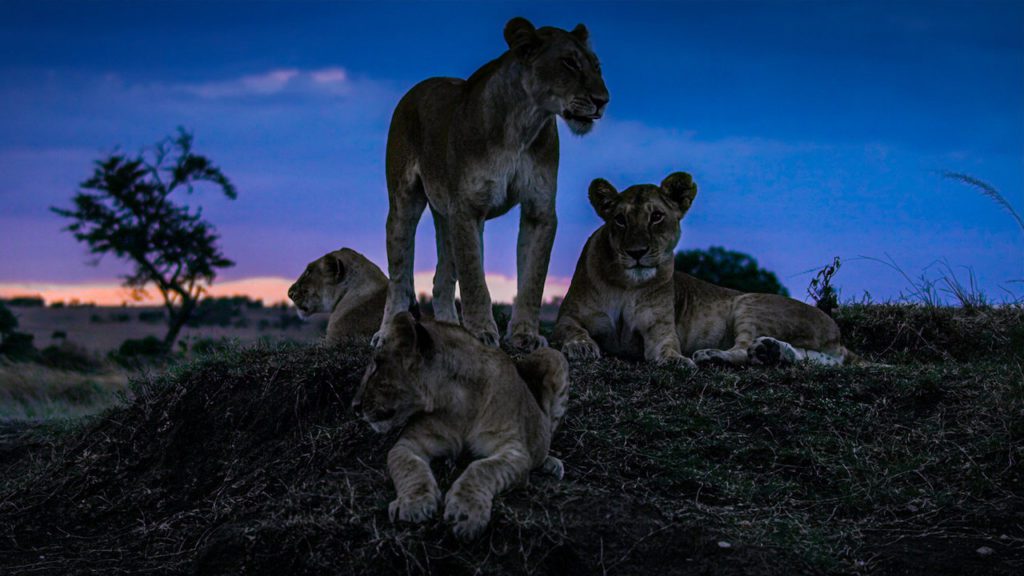Summary
A stunning documentary series that breathes new life into a well-done genre with enough formal tricks and techniques to solidify Netflix as a major player in the natural history space.
The nature documentary is not a new concept, but it is an ever-evolving one. Just as animals big and small are subject to the increasingly unpredictable whims of climate, season, predators, and whether or not they’d make a decent coat, so too are the extent of their lives subject to the technology and techniques we have to document them. There are certain depths we can’t sink to, heights we can’t soar to, behaviors that only occur sneakily when nobody is looking. The new six-part docuseries Night On Earth (Netflix) feels, with its ground-breaking camera techniques designed to quite literally shine a light on what happens to wildlife when the sun goes down, like it’s finally peeling back another curtain.
Plimsoll Productions (Hostile Planet) are exploring an obvious concept here — what do animals get up to at night? — but doing it in an indescribably complex way, with new technology that shows how a wide variety of species in vastly different conditions interact and survive after dark. The cameras include new models of low-light devices that film in full colour and with razor-sharp clarity by moonlight, or sometimes, thanks to thermal imaging, in no light at all. The moody, evocative effect achieved in Night On Earth feels unique, because it is unique, which is a real feather in the cap of a series looking to stand out in an oversaturated genre.
The business side of things is obvious for Netflix, especially since Disney now owns National Geographic — like the David Attenborough-narrated Our Planet, this is a shot across the bow to the streaming giant’s competitors. Night On Earth doesn’t have Attenborough’s voice — it’s narrated by The Handmaid’s Tale actress Samira Wiley — but it has the same kind of grandiose, ground-breaking scope his name is usually attached to. From the African Savanna to the Peruvian desert, Netflix has you covered.
Night On Earth makes a fine addition to the Big N’s nature canon, with its revolutionary visuals only enhancing the otherworldly nature of its subjects, from leopards and rhinos to luminous mating scorpions. It is quite unlike anything you’ve seen before because it’s quite unlike anything that has been filmed before; on a technical level, anyway. But in an emotional and intellectual sense, what attracts us to nature in the first place — its beauty and complexity and secrecy — is also what makes Night On Earth so effective in bringing us a step closer to understanding our many-legged neighbours all over the world. And in 4K Dolby Vision HDR, it’ll do a good job justifying that overpriced TV of yours.



